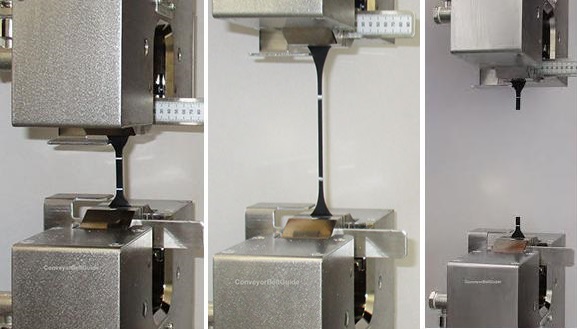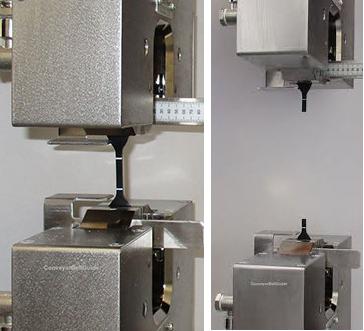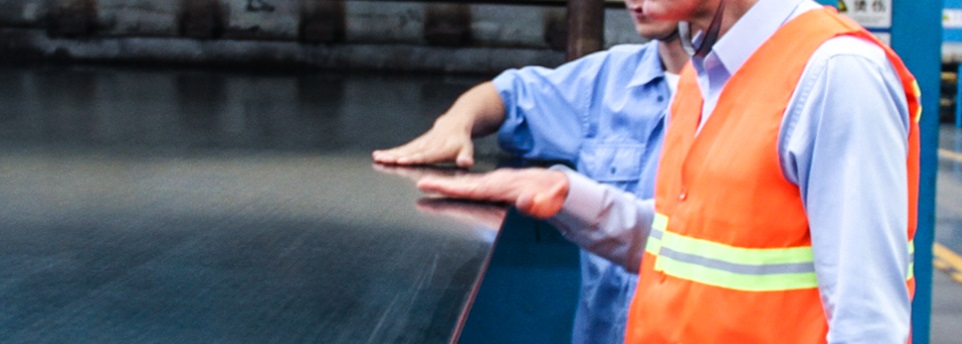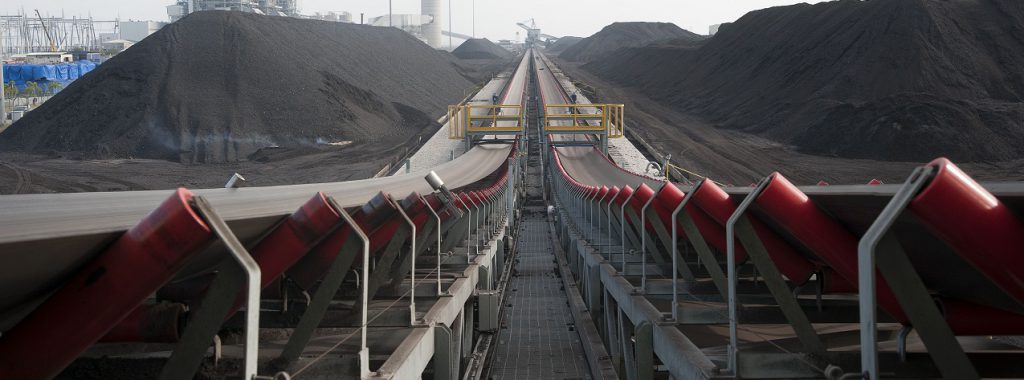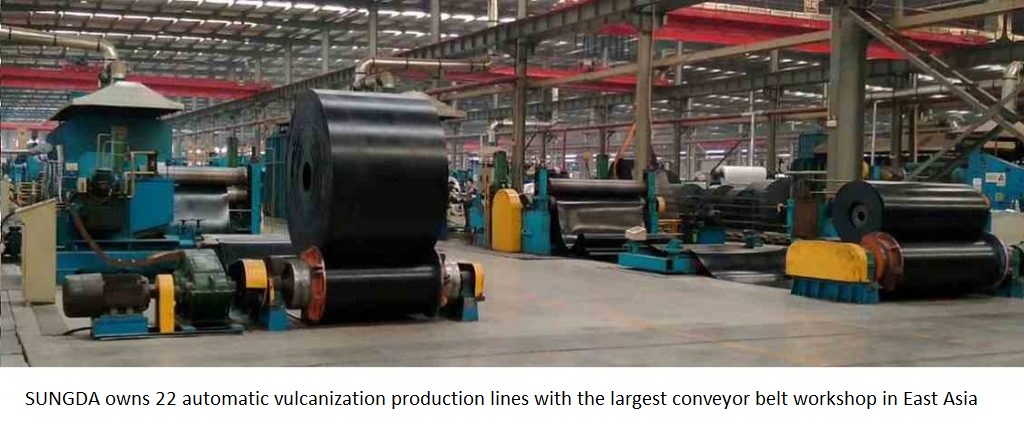How To Choose Right Conveyor Belt For 100-1000T/H Scale Crushing Plant –SUNGDA Conveyor Belt
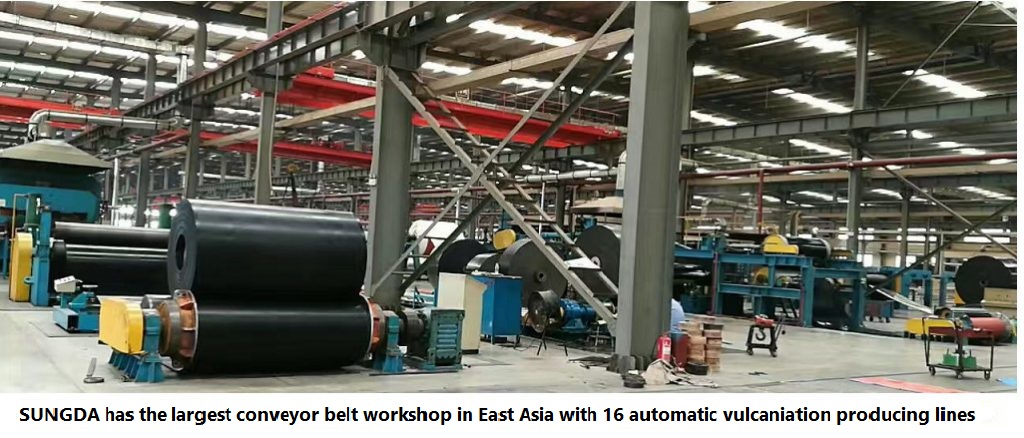
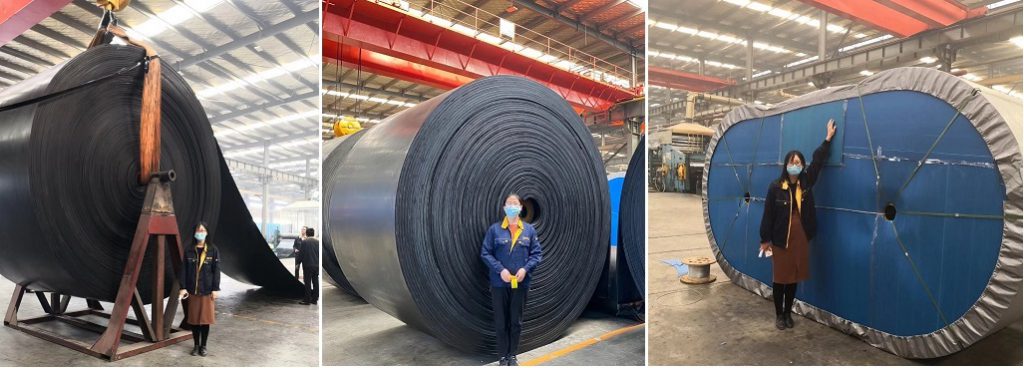
The crushing plant is a type of open-pit mine in which dimension stone, rock, construction aggregate, rip rap, sand, gravel, or slate is excavated from the ground.
The operation of mining and quarrying heavily relies on conveyor belts to transport materials transported from the ground and put them into production, so the durability and efficiency of the equipment are of utmost importance. Unplanned downtime is unacceptable, and spilled materials are not only maintenance and cleaning issues, but also represent lost profits.

There are many different working links in the crushing plant, such as primary crusher part and secondary crusher part, the load outs and stackers as well as overland conveyors etc. Each link needs a conveyor belt to transport the material to the next For processing at different stages, the material grades of different links are different, and the quality requirements for the conveyor belts are also different. Therefore, each production link should choose the appropriate conveyor belt, which can not only play the maximum function of the conveyor belt, but also save the cost. Below we recommend the types of conveyor belts corresponding to different production links in the quarry:
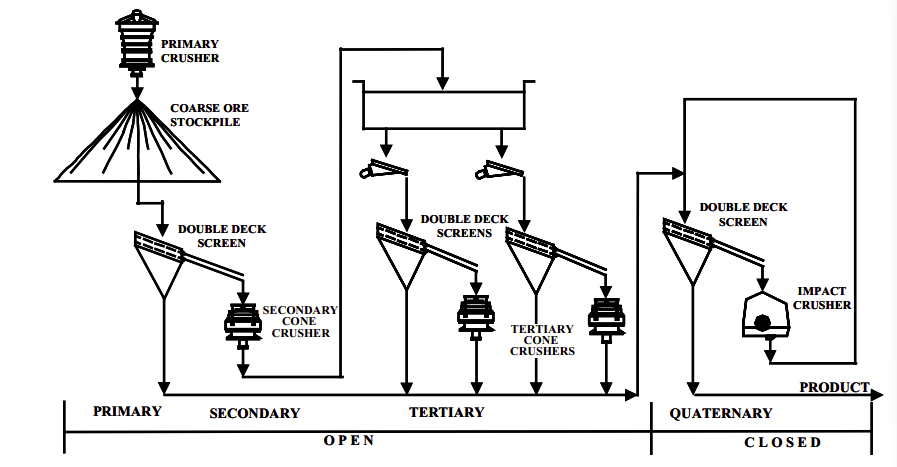
1.Primary Crusher to Secondary Crusher
At this stage, the continuous impact of large and sharp materials (often from high places) will shorten the life of the conveyor belt. Therefore, the conveyor belt at this stage should use the highest specification conveyor belt as much as possible. For example, the wear resistance level should be at least 150mm3. If the hardness of the material is high, it can even use the wear resistance grade of 120mm3 ~ 90mm3, and the tensile strength of the rubber should not be less than 18Mpa. It would be more ideal if the conveyor belt uses the reinforced anti-tear mesh as the breaker layer(as shown in the picture).

Even so, other auxiliary facilities are still needed to extend the service life of the conveyor belt, such as reducing the height of the material falling as much as possible or accept jaw-jaw combination, using a impact bed and a impact roller under the conveyor belt at the blanking place, and using a spray device to moisten hard materials etc.
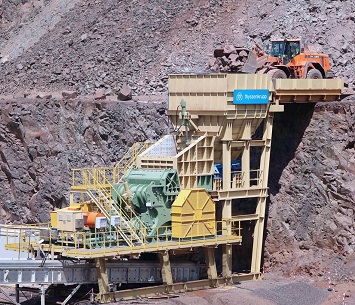
At this stage, we recommend the following conveyor belt models( 100~1000T/H ):
Fabric Carcass (per ply): EP/NN 250 or 300
Tensile Strength of Cover: 20Mpa ~ 24Mpa
Abrasion rate:150mm3 ~ 90mm3
Cover thickness: Top cover 8mm ~ 15mm/ bottom cover 2.5mm ~ 3.0mm
Splicing type: Hot Vulcanization
Edge type: Mould
Anti-tear mesh: 1~2 ply
(The thickness of the mould edge of the conveyor belt is recommended to be no less than 10mm, because the edges of the ore after the primary and secondary crushing are still sharp. If the edge of the conveyor belt is cut, the fabric carcass will be exposed to the harsh natural environment, which will greatly reduce the conveyor belt’s service life)
2.Secondary Crusher to Vibrating Feeder or Vibrating Screen
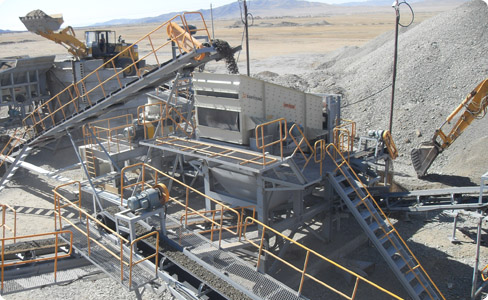
Crushing next in line after the primary crushing to further reduce the particle size of shale or other rock, at this stage the maximum sized piece is unlikely to exceed 6” in average diameter,,therefore, the requirements for the conveyor belt at this stage will not be as high as the primary crushing, so we recommend the following conveyor belt models:
Fabric Carcass (per ply): EP/NN 150 or 200
Tensile Strength of Cover: 15Mpa ~ 18Mpa
Abrasion rate: 200mm3 ~ 150mm3
Cover thickness: Top cover 5mm ~ 8mm/ bottom cover 2.0mm ~ 2.5mm
Splicing type: Hot Vulcanization
Edge type: Mould
Anti-tear mesh: None
3.The Tertiary and Quaternary Stages of Crushing.
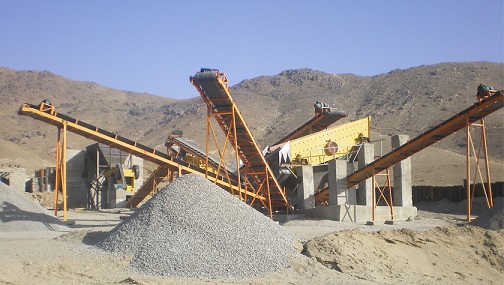
These two stages can achieve the finer levels of material reduction. The size of pieces is loosely in the range between 3”and 1”screen sizes,so in these two stages, the durability of the conveyor belt is more important, we recommend the following conveyor belt models:
Fabric Carcass (per ply): EP/NN 100 or 150
Tensile Strength of Cover: 15Mpa
Abrasion rate: 200mm3
Cover thickness: Top cover 3mm ~ 4mm/ bottom cover 1.5 ~2.0mm
Splicing type: Hot Vulcanization
Edge type: Mould
Anti-tear mesh: None
But the above suggestions only apply to ordinary materials such as granite, basalt, barite, limestone, quartzite, marble, sandstone, cobble stone, iron ore, copper, gold, bauxite etc.,If the raw material has other chemical properties such as acidity, alkalinity, corrosivity, etc., this requires adjustments to the performance of the conveyor belt, such as adding acid and alkali resistance and corrosion resistance to the rubber formula to achieve better working conditions.

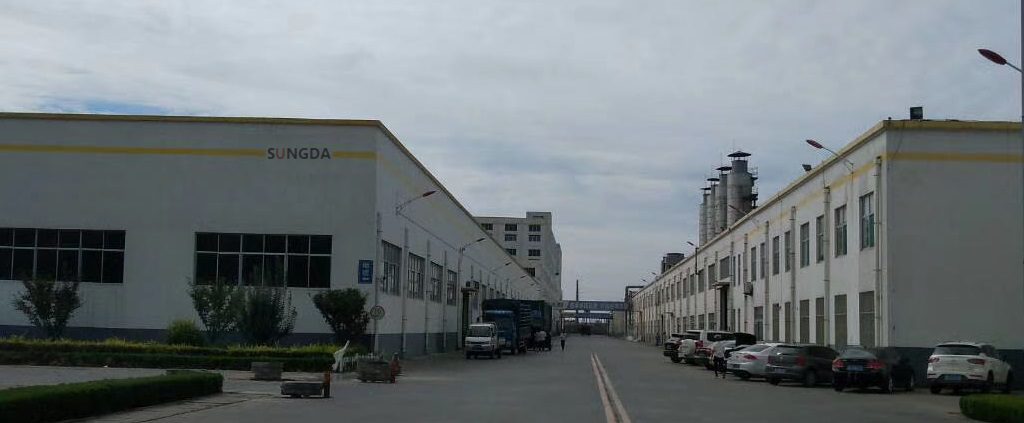
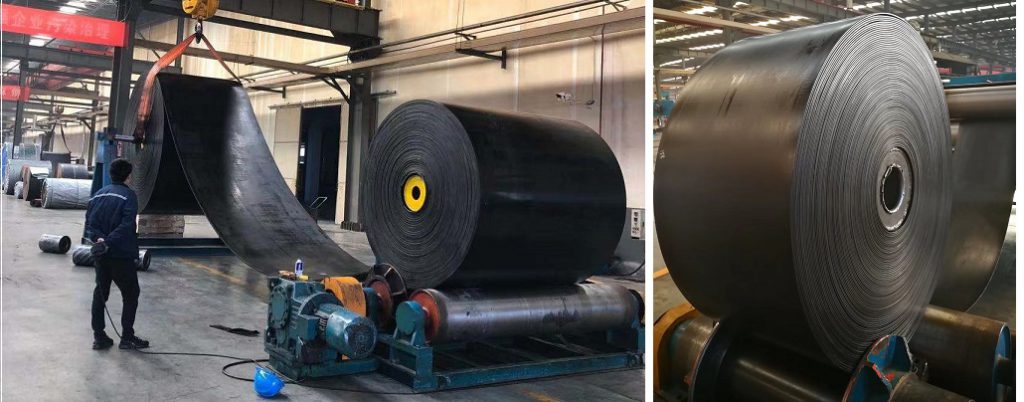

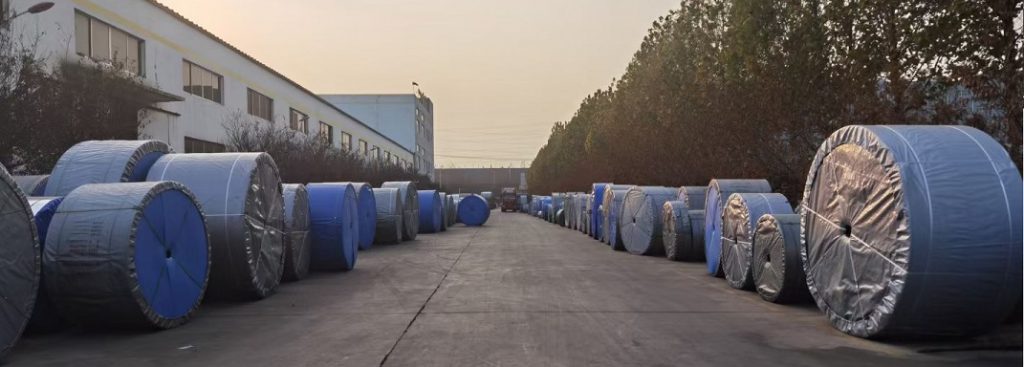
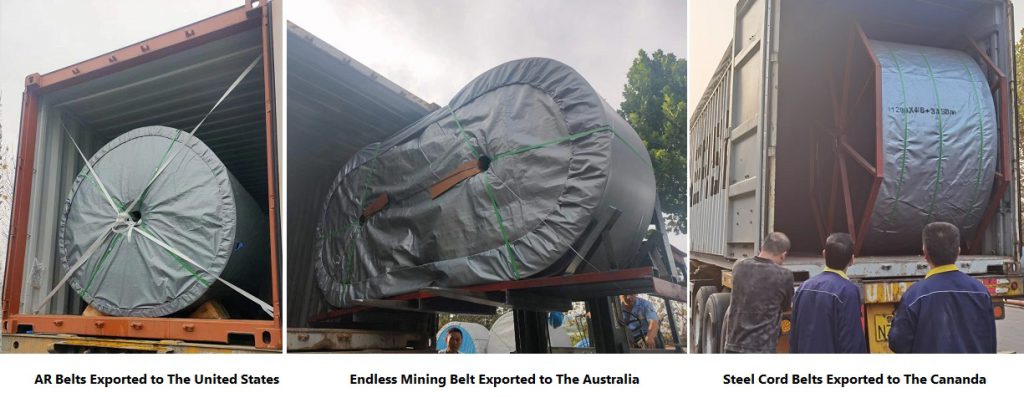

Tags: conveyor design,conveyor system,crushing plant,mining,ore,quarry,RECYCLING PLANT,Rubber conveyor belt,sand plant

